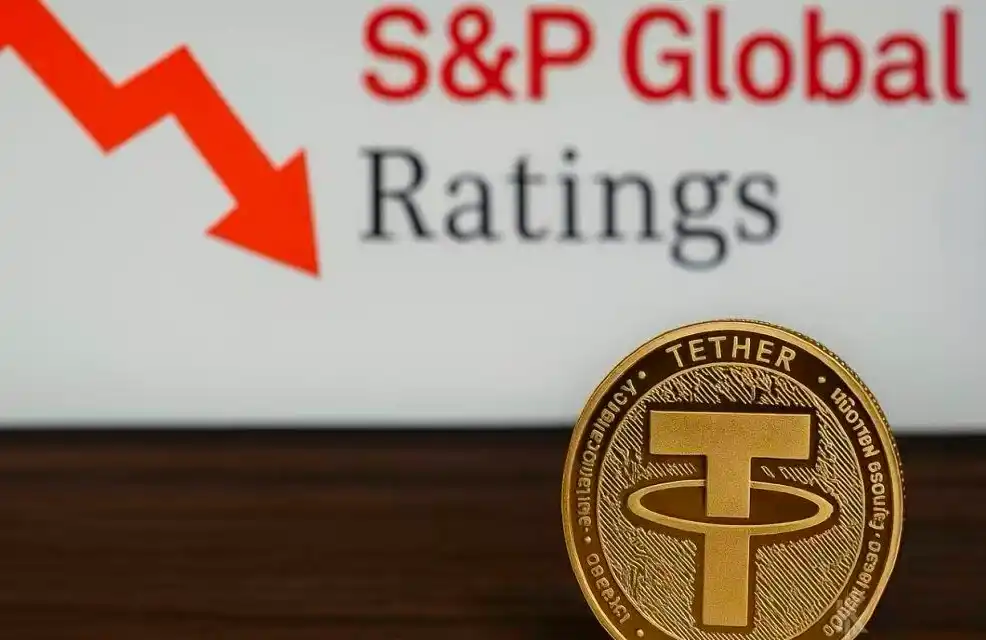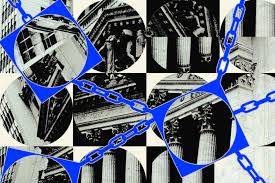The Federal Reserve (Fed) introduced a new payment account model aimed at granting limited access to stablecoin issuers and cryptocurrency companies during its inaugural Payment Innovation Conference held on October 21. This proposal, unveiled by Fed Governor Christopher Waller, offers digital currency firms a direct connection to the Fedwire and ACH payment systems without full master account privileges. Waller emphasized that the new account model will focus solely on payment functions without providing interest-bearing deposits or emergency borrowing capabilities.
The Resurgence of “Narrow Banking”
This new account type revives the concept of “narrow banking” by excluding credit creation and focusing solely on payments. Currently, stablecoin issuers manage their reserves with traditional banks as they do not have direct access to the Fed, leading them to facilitate token redemptions through traditional banking systems. Waller’s proposal allows qualified firms to maintain their reserves directly with the Fed, backing their coins with central bank money.
Caitlin Long, CEO of Custodia Bank, viewed the change as a correction of the Fed’s past errors where it blocked payment-focused banks. The model promises enhanced efficiency and speed in redemptions by reducing liquidity bottlenecks between banks and their partners.
However, the plan also brings certain risks. Arthur Hayes, founder of BitMEX, posed a hypothetical scenario questioning the need for traditional banks if stablecoins like Tether did not depend on them. Hayes warned that the role of commercial banks might weaken within the system. The Fed aims to mitigate these risks through restrictions such as not paying interest, setting balance limits, and removing credit facilities.
Balancing Liquidity, Competition, and Regulation
Although Waller did not disclose a timeline for the regulatory changes, he instructed Fed staff to gather feedback from stakeholders. Meanwhile, the GENIUS Act, effective since July, set federal standards for stablecoins but did not grant Fed access. The new model addresses this gap by offering a dedicated payment gateway.
Waller highlighted the central role of cryptocurrency-specific infrastructure in managing dollar flows, signifying its permanent influence on financial regulations and liquidity. This transformation in the financial system is expected to have lasting regulatory and liquidity implications.




